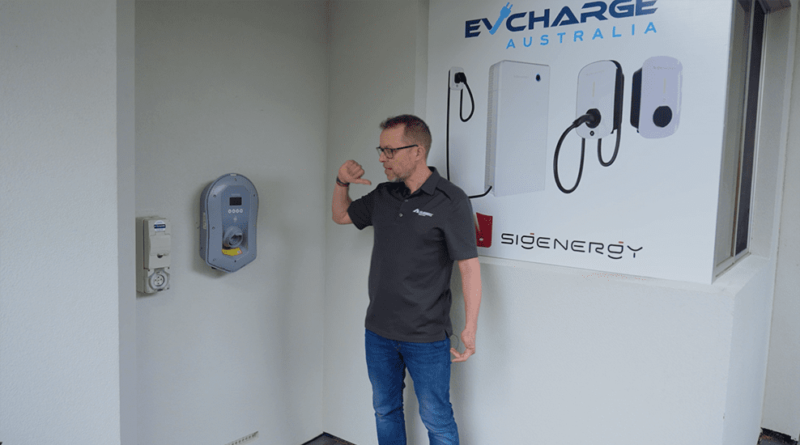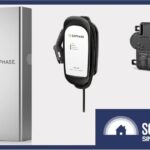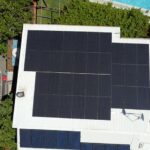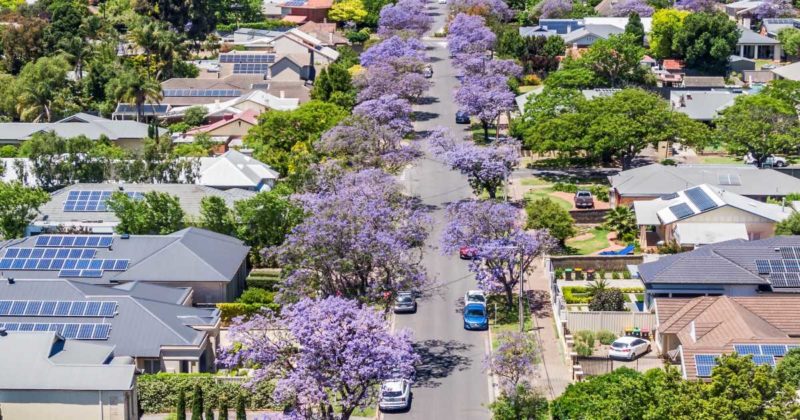Home EV Charging Just Got Serious: Meet Sigenergy’s 25kW Bi-Directional Beast
Sigenergy is relatively new to Australia. They make stackable home energy systems that take drop in, modular batteries, inverters and DC EV chargers. And it’s the EV charger that got me excited. Because I reckon it’s the fastest home EV charger in Australia.
And it’s bi-directional ready.
So when SQ client, EV Charge Australia told me they were about to install a 25kW, 3 phase, off-grid capable DC EV charger with 32 kWh of batteries, in the next suburb, I just had to pop over to film it.
Either watch the video above, or read on, to see what this beast can do.
Making Room For The Sigenstor Stack
First things first – the installers had to make room for the new unit, removing the existing Zappi EV charger and three-phase socket.
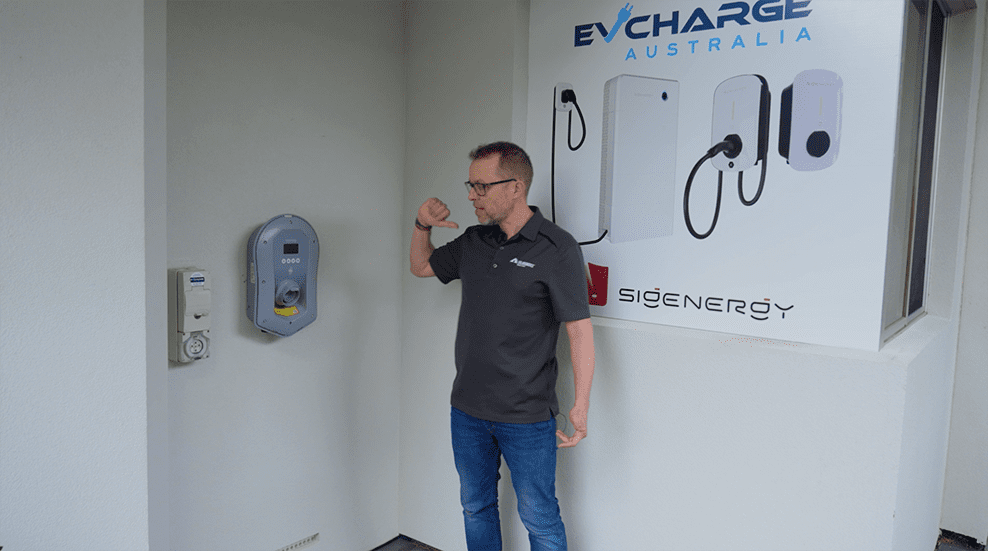
You’re outta here!
Sigenergy’s SigenStor is a modular unit.
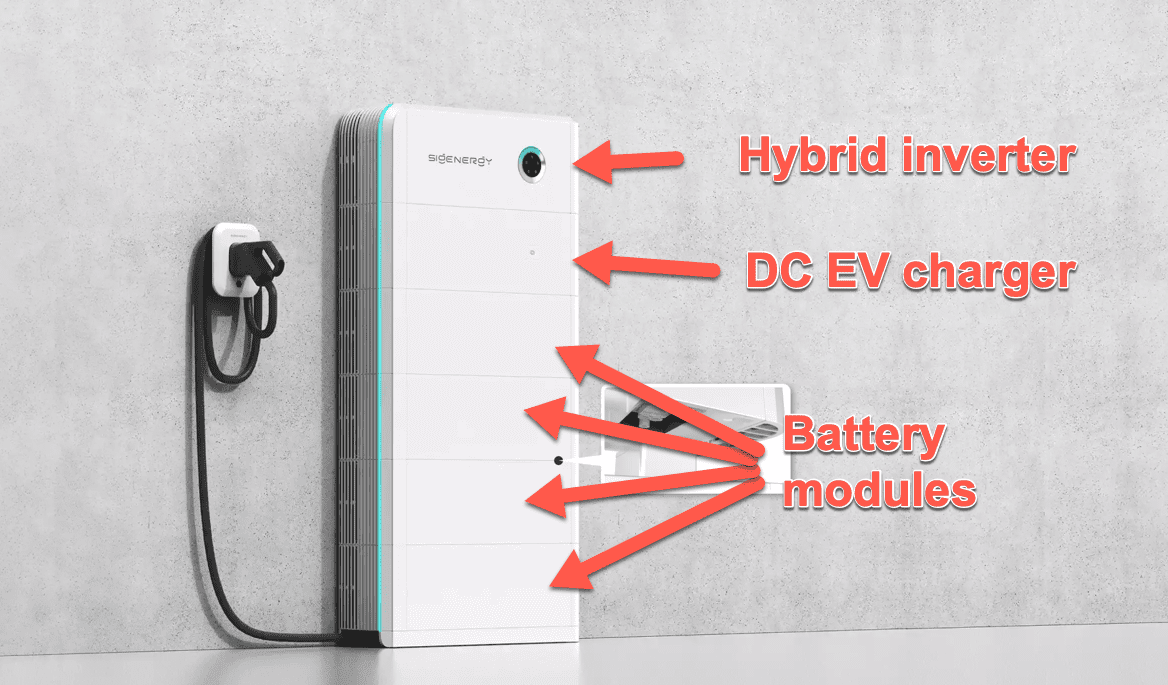

It can contain:
- Battery modules: 5 kWh or 8 kWh increments. The 8 kWh modules cost about 20% less per kWh than the 5 kWh modules, so I know which ones I’d rather buy!
- DC EV charger module: Comes in 12.5 or 25 kW configurations.
- Hybrid inverter module: Comes in single-phase and three-phase variants (up to a whopping 25kW capacity in three-phase). You can install this module and add the battery/EV charger modules later.
First Up – The Battery Modules
This stack has four 8 kWh battery modules, for a total of 32 kWh.
At 74 kg each, they gave my keyboard warrior arms a workout – especially when it came to lifting the final module up top:
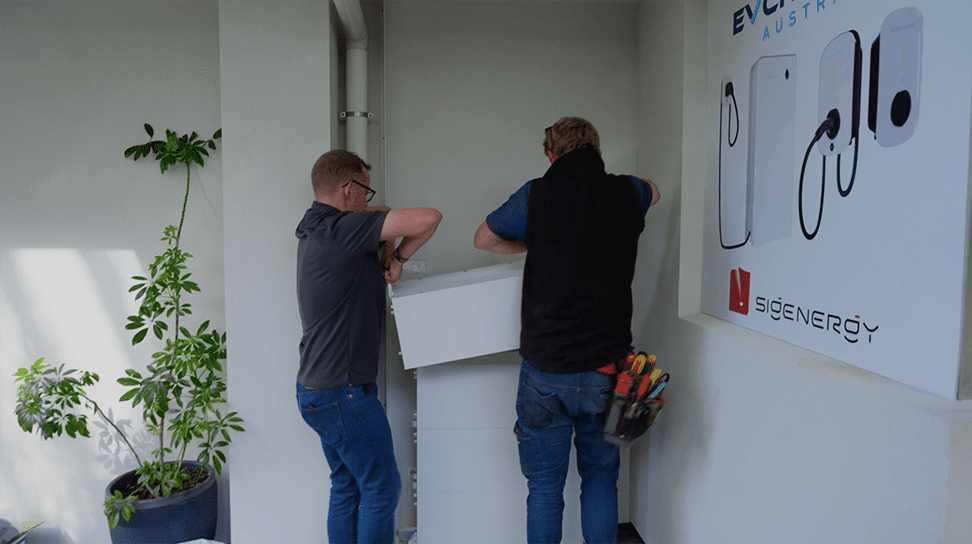

Price-wise, each 8 kWh module costs around AU$4,800, while the 5 kWh modules run $3,800. Per kWh, that’s $600 and $760 respectively.
The Star Of The Show – The Bidirectional-Ready DC EV Charger
This stack has the top-end 25kW DC EV charger.
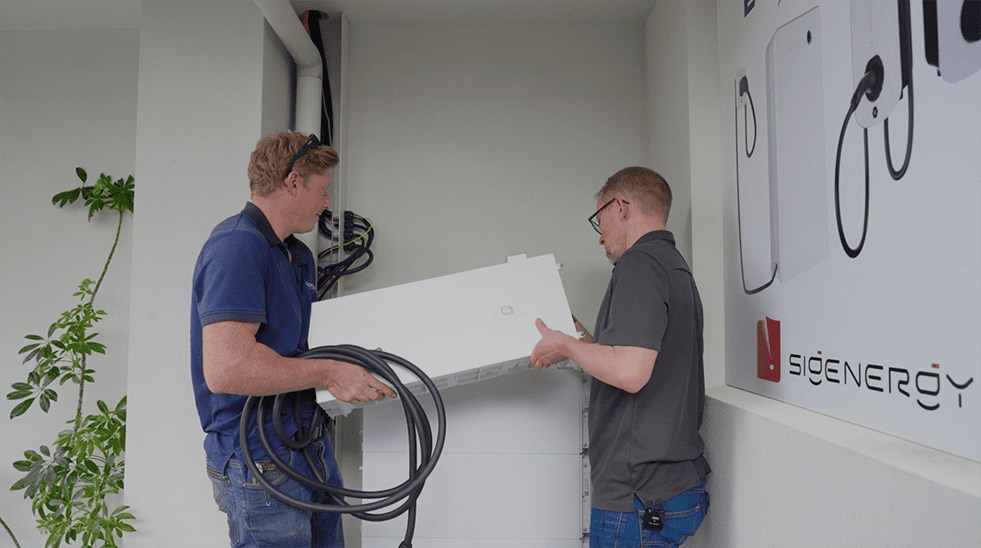
Thank God this was only 40 kg
What makes it so special relative to other home EV chargers? Don’t most of them (including Sigenergy) have 22kW options?
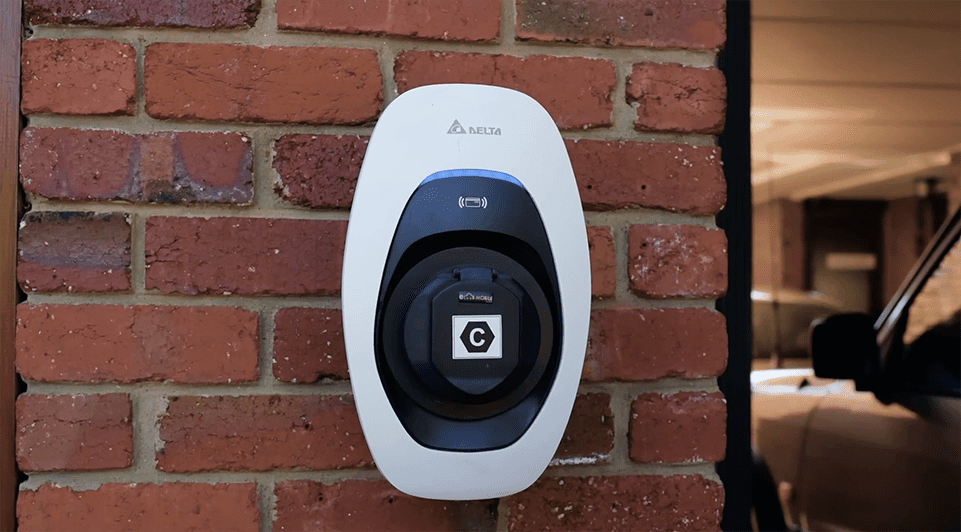
My untethered wall-mounted 22kW Delta AC MAX
Yes, but most are AC, not DC. This means your EVs onboard AC>DC charger limits your true charging speed.
Most EVs can be charged at 11kW for AC, except for some high-end luxury brands like Porsche. Some, like BYD, can only charge at 7kW.
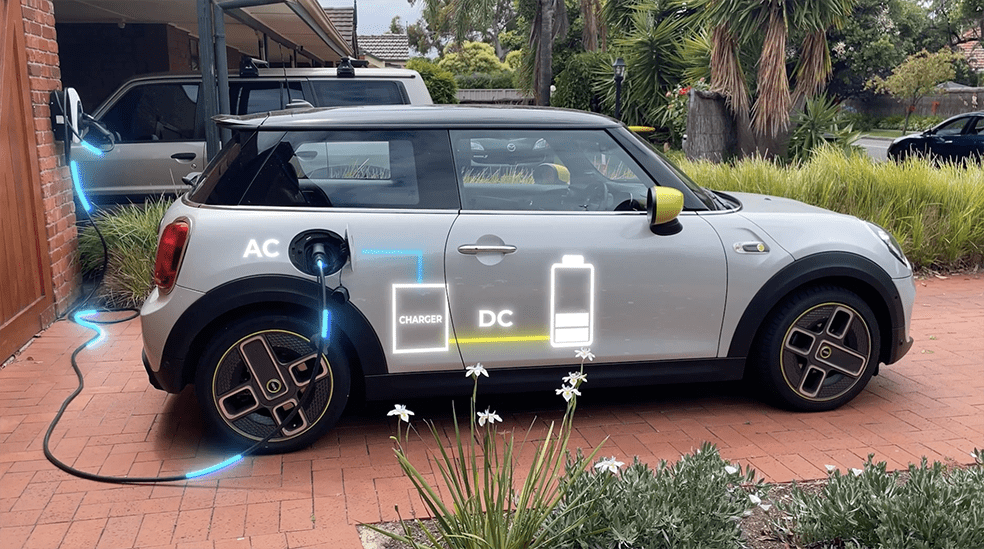
My wife’s Mini Cooper SE, with an onboard 11kW AC>DC charger.
So even if you have a 22kW three-phase AC EV charger, you’ll max out at 11kW.
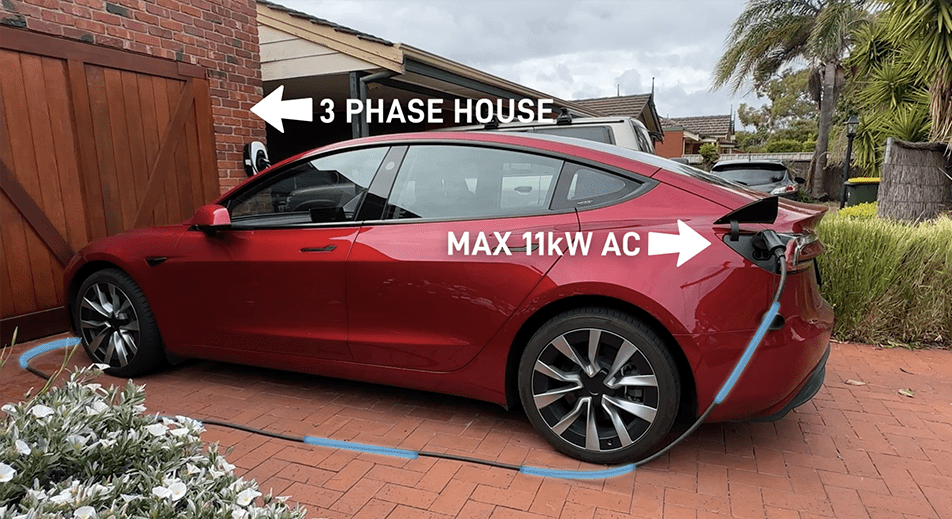
Even though I have a 22kW charger, the Tesla can only handle 11kW
DC EV chargers bypass the onboard charger and go straight into the battery.
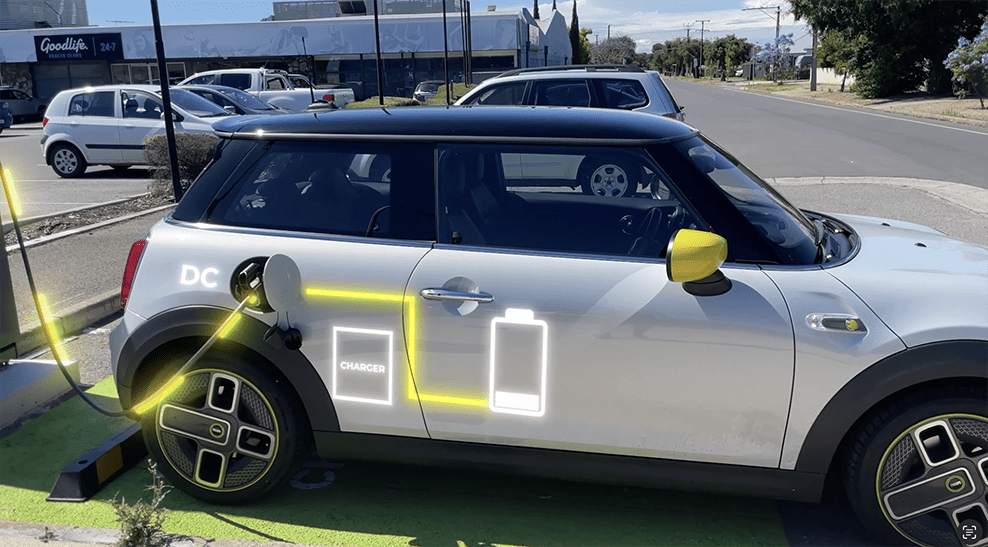

So, the Sigenstor’s 25kW charger gives your EV the full 25 kW at home.
The Sigenergy DC EV charger is also bidirectional ready, which means with a software update and a compatible EV, you can use your car as a battery for your house…
…once grid regulations catch up.
It comes pre-wired with a “CCS2” plug, which is beefier than the standard AC type 2 plug (because it needs the two DC pins at the bottom)
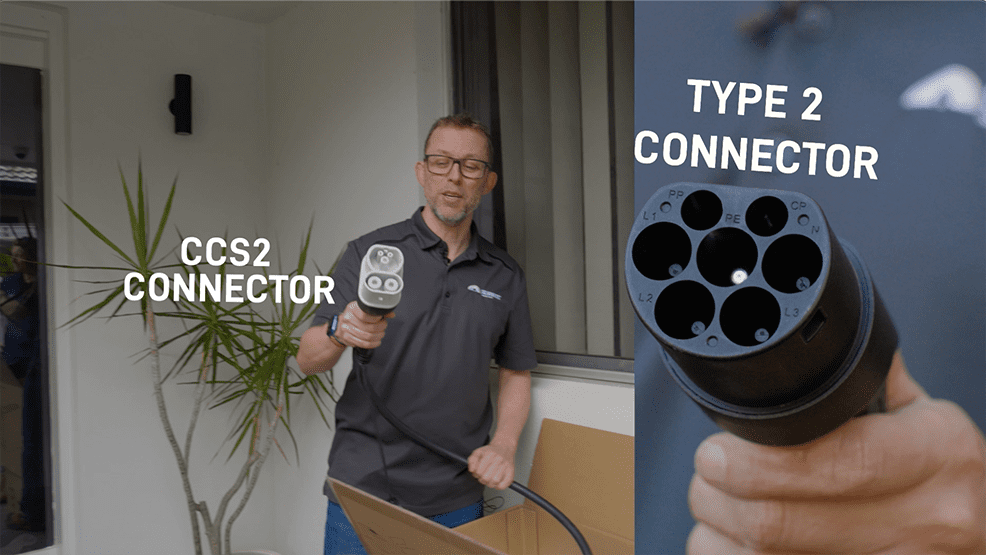

Price-wise, the Sigenstor 12.5kW charging module retails for around $7,000. The 25kW module retails for around $8,500.
That’s a lot of money, but considering that it’s bidirectional ready, it’s a reasonable price, as other bidirectional chargers cost around $10,000.
Final Piece Of The Puzzle – The Hybrid Inverter Module
Sigenergy’s hybrid inverter is the control unit for both the batteries and EV charger.
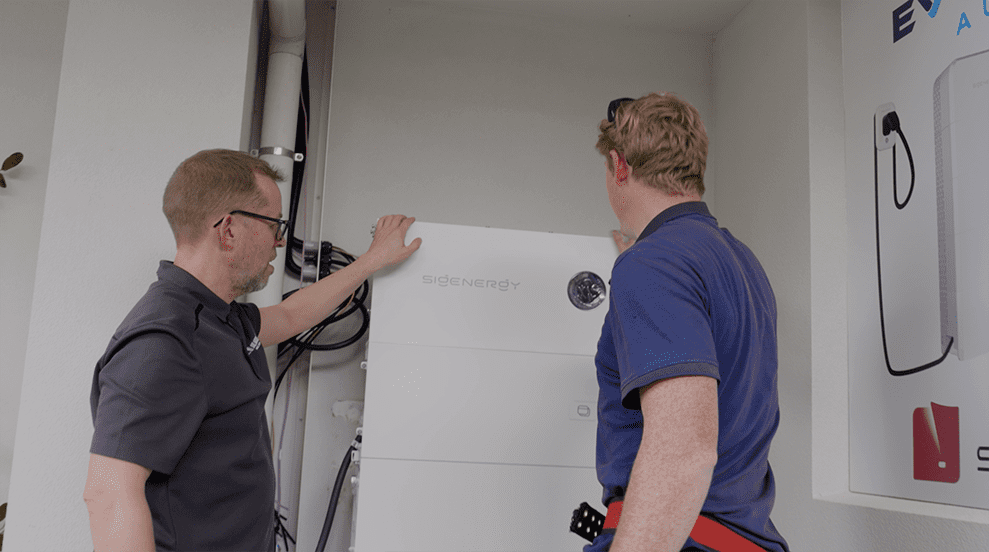

Single-phase models are available in 5 or 6 kW, and three-phase models are available in 5, 10, 15, or 25 kW.
The largest 25kW three-phase module costs around $6,000 retail, while the smallest 5kW single-phase module is around $1,800.
Full Three-Phase UPS Backup With The Gateway
The Sigenstor backup gateway does exactly what it says on the tin.
Notably, it provides UPS backup—meaning that in a blackout, you won’t lose power, even for a moment.
Some three-phase batteries, like BYD, have a changeover time of over 15 seconds.
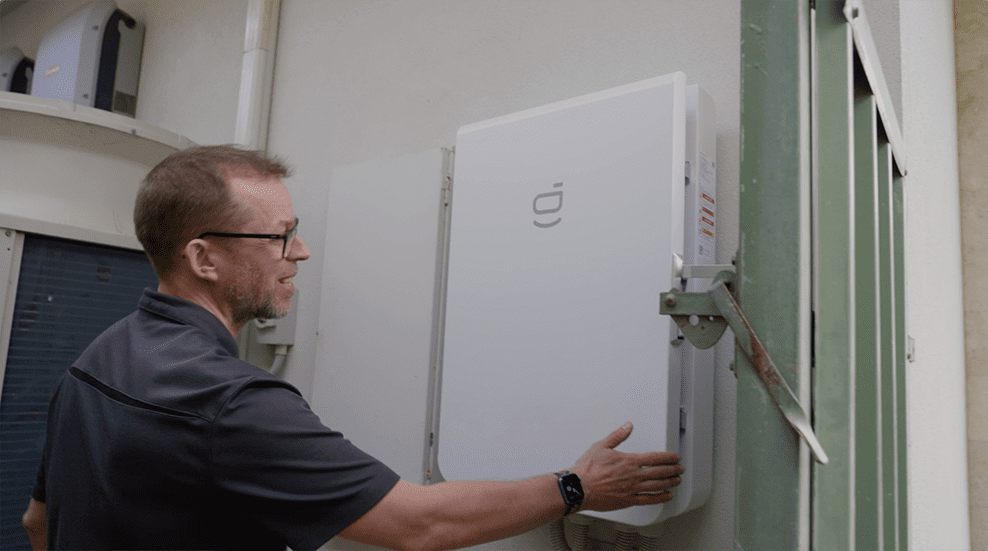
Sigenstor backup gateway
It costs around $850 for the single-phase, and $2000 three-phase.
Putting The Charger To The Test
Impressive specs on a datasheet are nice, but how do things go in reality?
One thing I want to note here is that, with a pre-wired 7.5 meter cable (with a 10m option), the Signestor must be installed relatively close to where you park your EV.
If you have a house like mine, where the driveway is around 15 meters from my battery, it just wouldn’t reach.
I drove up my Tesla Model 3 to put the charger to the test.
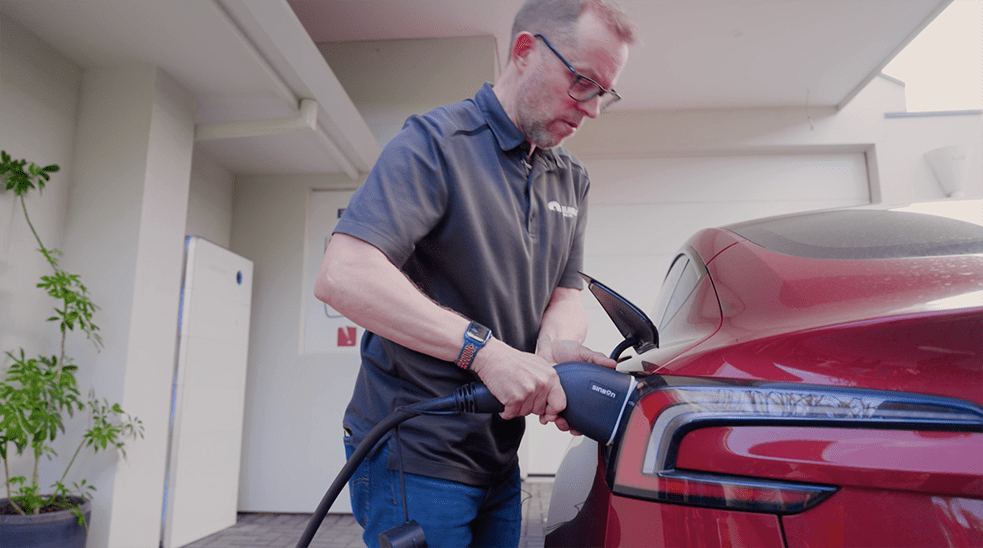

It worked flawlessly the first time, delivering the full 25kW:
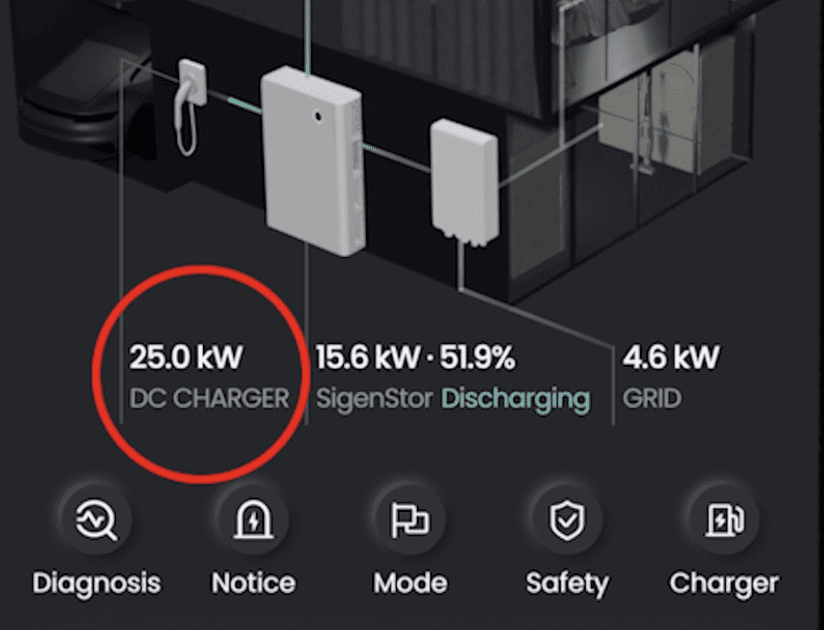

Notably, commissioning only took all of 5 minutes. I know some major battery manufacturers whose commissioning can take an hour or more.
Final Thoughts
Let’s review what was installed:
- Four 8 kWh battery modules – 32 kWh of storage
- One 25 kW DC EV charger.
- One 25 kW three-phase hybrid inverter, with three-phase backup gateway.
All up, this package should cost around $33,000 retail – and then you need to pay someone to install it.
But if you think about what you’re getting – a huge amount of storage, UPS three-phase backup, and a 25kW bi-directional ready EV charger – I reckon Sigenergy is worth a look for those of you with deep pockets who want fast, future-proof car charging at home.
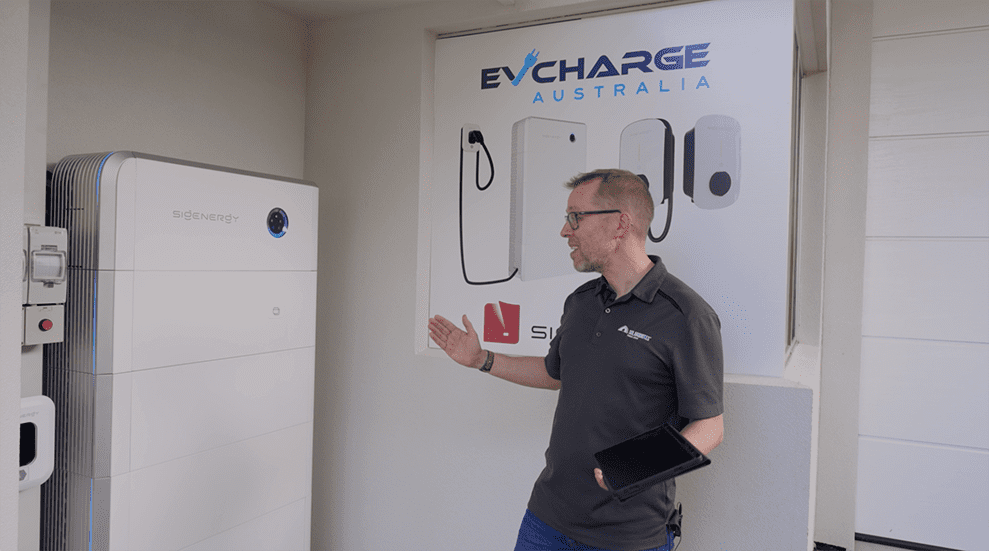
I couldn’t finish the video without admiring the neatness of the install
Original Source: https://www.solarquotes.com.au/blog/sigenstor-install/

